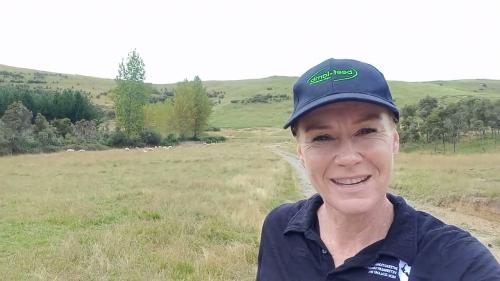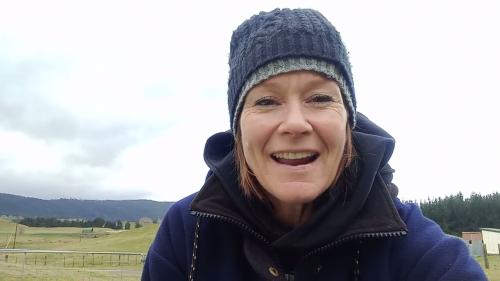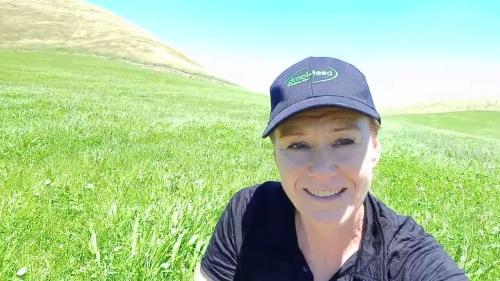Search results
Displaying 31 - 40 results of 68
- VideoWhat if my drench is leaving a few worms behind? …
- PageDoes rotational grazing help reduce the number of worms on pasture? Does grazing sheep and cattle together help manage worms? How long do I need to wait for worm larvae numbers to drop before grazing a paddock again? You’ll find the answers in this section! Techniques that can be used to reduce worm challenge to susceptible stock include: Grazing only the top 1/3 of the pasture with your vulnerable young stock. Using adult stock and other species of stock to clean up behind youngsters and …
- PageThe more you know about how worms live and breed, the easier it is to mitigate the harm they cause. Here we look at the stages of the worm life cycle – there are ways our management can interrupt this cycle to reduce worm challenge to susceptible stock. …
- VideoBe mindful of the worms you're taking onto new grass paddocks …





